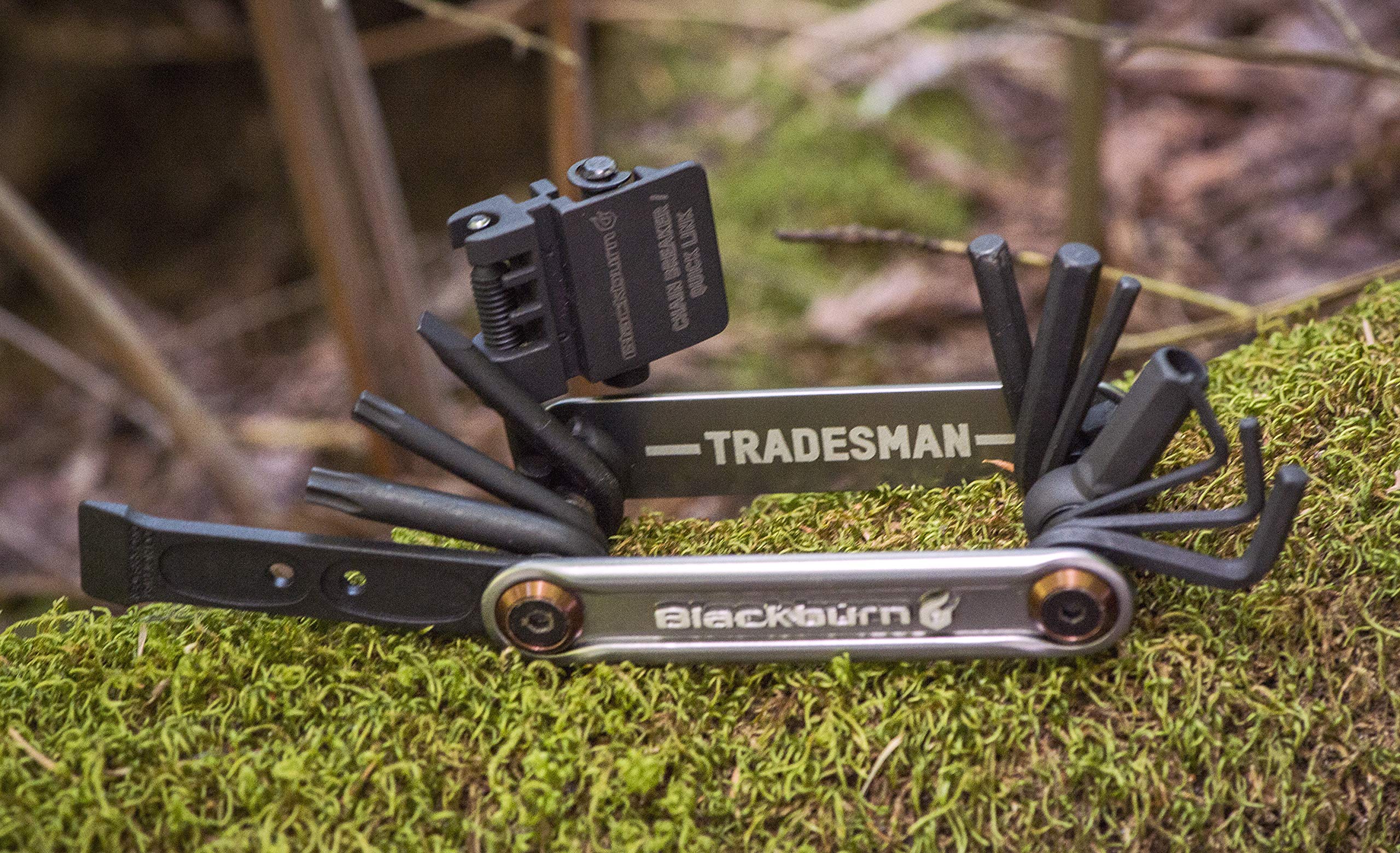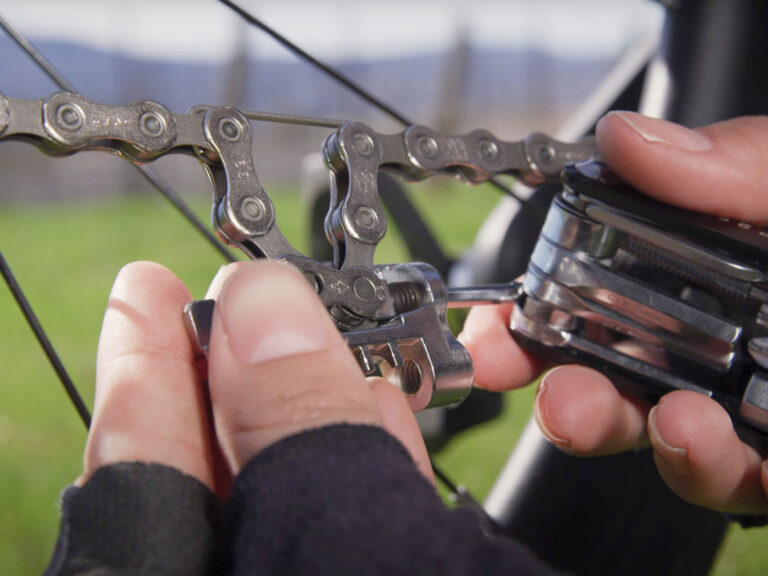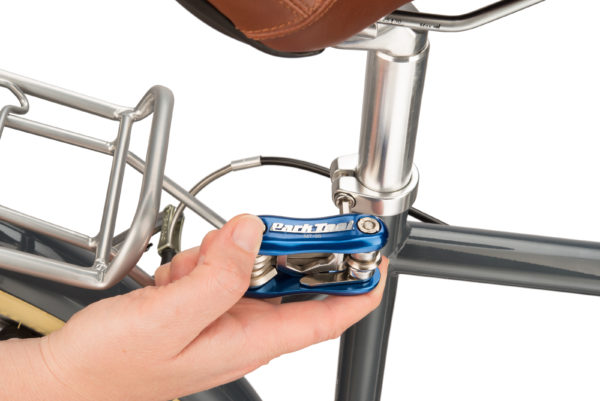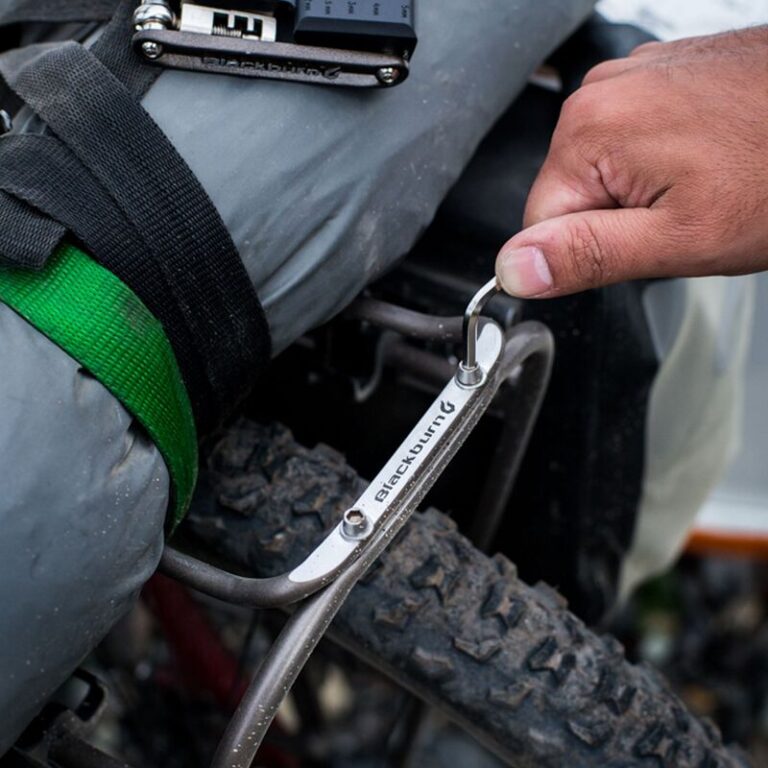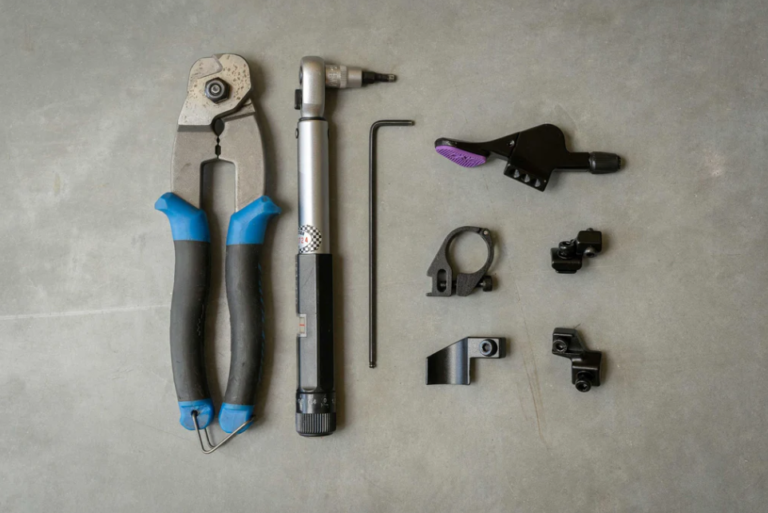Durability and Material Considerations for Bike Multitools

Key Point Summary of Durability and Material Considerations for Bike Multitools:
- Significance of Durability: Essential for ensuring the multitool withstands the rigors of regular use and adverse conditions.
- Material Quality: Key determinant of the multitool’s overall longevity, strength, and resistance to elements.
- Making the Right Choice: Considerations for selecting a multitool that balances functionality, durability, and material excellence.
In my years of threading through the challenging terrains of mountain biking, the unpredictable paths of gravel, and the rigorous courses of cyclocross, one piece of equipment has consistently proven its worth in countless situations: the bike multitool. This compact yet powerful ally has saved me and my riding companions from numerous potential ride-ending scenarios.
Its durability and the quality of its materials have made all the difference, turning a mere accessory into a must-have for any cyclist. This article aims to guide beginners and mid-level cyclists through the crucial aspects of selecting a durable bike multitool, ensuring that when the unexpected happens, you’re prepared.
The Cornerstone of Reliability: Durability
The essence of a good bike multitool lies in its ability to endure. Durability is not just about surviving a few uses; it’s about delivering consistent performance under various conditions—be it wet weather, mud, or the dust of a gravel path. A durable multitool instills confidence, knowing that no matter where you are, the tools at your disposal will work as intended.
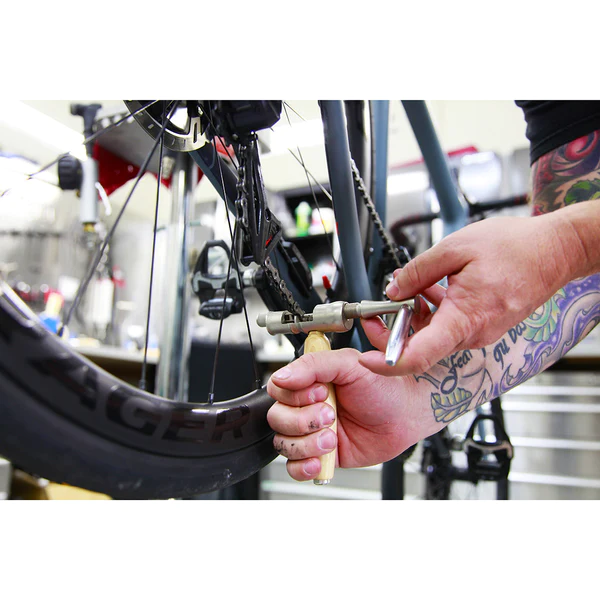
Material Mastery: The Heart of the Multitool
Materials play a pivotal role in the lifespan and reliability of a bike multitool. High-grade metals such as stainless steel, titanium, and hardened aluminum alloys are the gold standard. They offer an optimal blend of strength, corrosion resistance, and lightweight, ensuring that the tools don’t bend or wear out prematurely while keeping the multitool easy to carry.
Selecting Your Sidekick: Key Considerations
When it comes to choosing a bike multitool, there are several factors to keep in mind:
- Material Quality: Opt for multitools crafted from high-grade materials like stainless steel or titanium for maximum durability and corrosion resistance.
- Tool Selection: Ensure the multitool includes the essentials for your bike’s needs—Allen keys, Torx drivers, screwdrivers, and chain tools are often critical.
- Design and Ergonomics: A well-designed multitool should not only fit comfortably in your hand but also allow easy access to each tool, even when wearing gloves.
- Portability: Consider the size and weight of the multitool. It should be compact enough to fit in a saddle bag or jersey pocket without being burdensome.
- Reputation and Reviews: Research brands known for their quality cycling tools and read reviews from other cyclists to gauge a multitool’s real-world performance.
Beyond the Basics: Advanced Features
Some multitools go beyond basic functionality, offering features like built-in tire levers, CO2 inflator heads, or even Bluetooth connectivity for easy tracking. While these can add convenience, they should not come at the expense of the tool’s core reliability and usability.

Durability and Material Considerations for Bike Multitools: Final Thoughts
A reliable bike multitool is an indispensable part of any cyclist’s gear, acting as a guardian against the unpredictability of rides across any terrain. By prioritizing durability and material quality, you equip yourself with a tool capable of facing the challenges head-on, ensuring that you’re always ready to tackle what lies ahead on the trail or road. The best bike multitool is one that you can count on time and time again, offering peace of mind and freedom to focus on the joy of cycling.
To encapsulate the essence of the discussion on the durability and material quality considerations for bike multitools, the Crankbrothers M19 stands out as an exemplary model. This multitool combines robust construction with thoughtful design, featuring high-tensile steel for its tools to ensure longevity and reliability. Its comprehensive set of 19 tools caters to a wide range of adjustments and repairs, making it ideal for cyclists of all levels, from beginners to experienced riders.
The Crankbrothers M19‘s durability, coupled with its lightweight and compact design, exemplifies the importance of selecting a multitool that won’t let you down, whether you’re deep in the backcountry or gearing up for a race.

FAQ
What is a bike multi-tool used for?
A bike multi-tool is used for making adjustments and repairs on-the-go. It typically includes various Allen keys, screwdrivers, and other tools necessary for tightening bolts, adjusting components, and fixing common mechanical issues.
What is the lightest bike mini tool?
One of the lightest bike mini tools is the Topeak Ninja 16+. It’s designed for minimal weight without sacrificing functionality, offering essential tools in a compact, lightweight package.
What tools do you need for a mountain bike?
For a mountain bike, essential tools include Allen keys (usually 2-8mm), a Torx T25 driver, a chain breaker, tire levers, a mini pump or CO2 inflator, and sometimes a spoke wrench and a Philips head screwdriver, depending on your bike’s components.
What bike tools to carry?
When cycling, it’s wise to carry a multi-tool with Allen keys and a Torx T25 driver, tire levers, a spare tube or patch kit, a mini pump or CO2 inflator, and a chain tool. These tools can help you address most common issues you might encounter on a ride.
Happy Cycling
John
